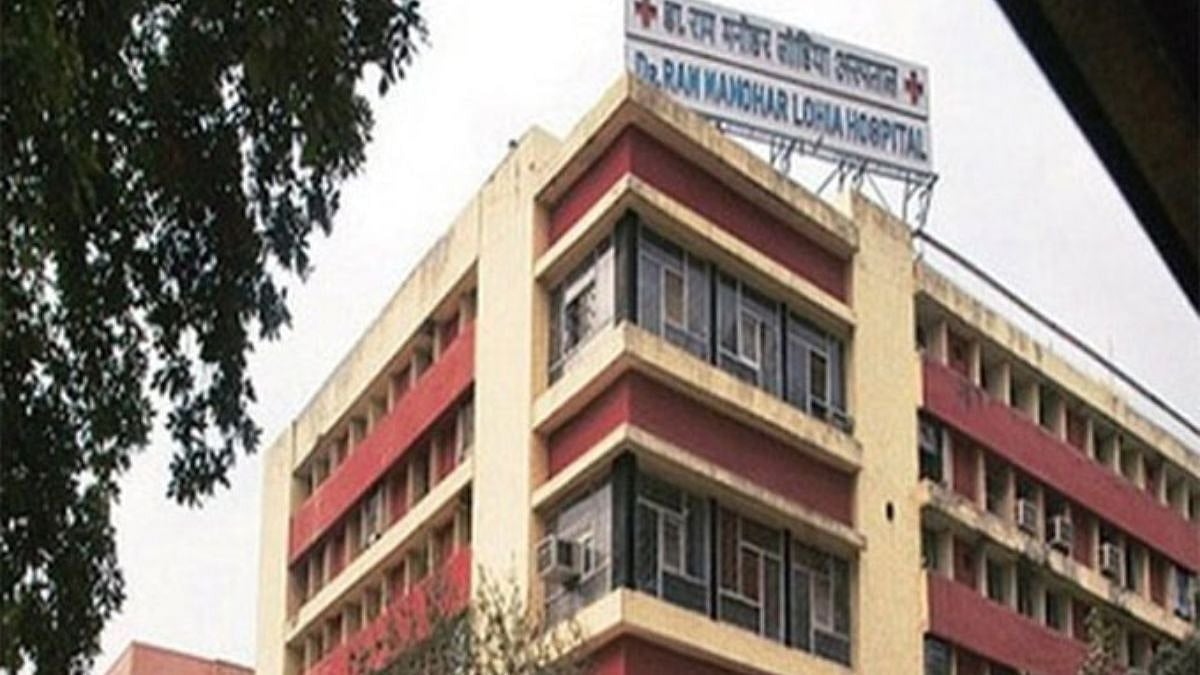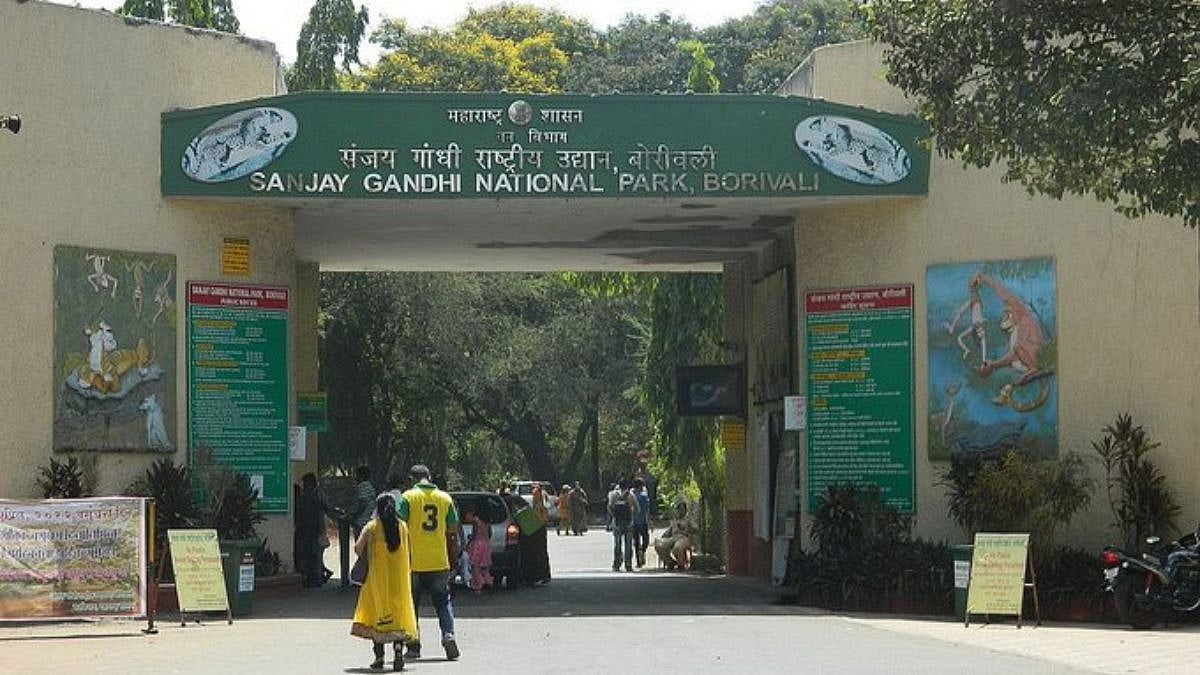Seven months on, the farmers’ agitation continues and the recent government announcement of kharif crop MSPs has once again rekindled the debate on whether MSP is essential and feasible. There are strong arguments for and against. Those in favour say agriculture cannot sustain without a guaranteed minimum price. Protagonists of market forces, on the other hand, assert that a free market is the only sustainable religion of economics, agriculture, no exception. So, the question begs a rational examination.
The plea of the market economists is four-fold. One, MSP distorts prices, results in misallocation of resources in favour of inefficient production, and thereby disturbs the self-correcting natural path of economic development. Secondly, it puts an unsustainable burden on government resources, eating up a sizeable portion meant for public investment in infrastructure development. Third, it tends to increase food prices, hitting the poor hard. Fourth, international commodity prices being usually lower, it is WTO-incompatible.
Price support elsewhere
Interestingly, price support was first initiated in the USA, the greatest champion of market economy, as a major component of New Deal Policy formulated to deal with the Great Depression of the 1930s under President Franklin D Roosevelt. Although the shape and form of support to farming in the US has substantially changed since then, it does continue till date. Under the Farm Bill passed by the federal government every five years, the current annual subsidy provided to each farmer is $67,000 (Rs 50 lakh).
Another capitalist country, Switzerland, pays an annual fixed income to its farmers, at the rate of SF2,993 (Rs 2.4 lakh) per hectare or Rs 90,000 per acre through bank transfers, which is matched by all the countries of European Union. Japan subsidises its paddy at more than 70 per cent of its value. Even 25 per cent of this would make the Indian farmer more than happy.
These facts should suffice to puncture the rationale of market mechanism and WTO regime non-compliance. The precise reason for lower commodity prices in the international market is the high level of subsidies by rich countries. So, where is the level playing field that they talk about? The argument about the unwarranted burden on exchequer too is blown up disproportionately, and perhaps, deliberately. The amount needed to fund the total MSP purchase estimated and casually announced by the government is said to be Rs 17 lakh crore.
Misplaced argument
The point overlooked, again, deliberately, is that the foodgrains so procured are capable of recovering a major portion through market operations and the public distribution system. A rough estimate suggests that the maximum annual loss to be borne by the government would not be more than Rs one lakh to 1.5 lakh only. The argument of price rise causing hardship to weaker sections too is misplaced. The responsibility of providing reasonably priced food to the poor must rest with the government, and by no logic, on the feeble shoulders of the farmers, 99.3 per cent of whom own less than 10 hectares of land, hardly sufficient to maintain even their own families.
The nature of farming is such that it does not generate a continuous stream of income. Expenses on various operations, right from preparing the field, sowing, irrigating, fertilising, de-weeding, disease and pest control, harvesting, transport and domestic needs continue to be incurred throughout the period of six months to a year, while the income accrues only at the time of harvesting. Since all supplies come to the market at the same time, prices dip. At that juncture, the farmer faces a piquant situation. He needs money immediately.
In addition to the amounts spent on these operations and domestic needs, he must repay loans and interest thereon. Having no bargaining power, he is compelled to make a distress sale. Thus, instead of drawing the benefit of the market force he is left to the mercy of the greedy trader, who first exploits the producer and then the consumer. Here, the objectivity of market mechanisms fall flat.
Food Corporation of India
Realising the pitiable plight of both the farmer and the consumer, and facing the unprecedented crisis of chronic food shortage, further accentuated by the abrupt withdrawal of PL-480 assistance by the USA in the wake of 1965 Indo-Pak war, the Indian government took a landmark decision. It set up the Food Corporation of India, giving it a twin mandate. First, to procure foodgrains at minimum support prices and second, make food available to consumers at affordable prices through the public distribution system.
Simultaneously was conceived the strategy of making India self-sufficient in food production. Both met with great success. Within a decade, India became not only self-sufficient, but surplus. The story is hailed as the Green Revolution. Soon, the need was felt to extend the MSP cover that was initially available for only two major foodgrains, wheat and rice. In 1986, it was extended to 22, and later to 23 commodities and continues till date.
MSP formula
In the beginning, the MSP formula was designed to cover only the paid-out costs i.e., the A-1 cost. Subsequently were added the component of wages paid to hired labour and then the imputed value of family labour making it known as A-2 and A-2+fl costs respectively. Several expert and parliamentary committees, however, insisted that the cost of capital invested in machinery and depreciation thereon too is cost, which takes cost to C-1 level. They also emphasised that the farmer must get some compensation for the land and building, on a par with industry. If included, it becomes a comprehensive cost, designated as C-2.
Recognising the managerial and entrepreneurial role of the farmer, some managerial profit/remuneration too was underlined. After protracted discussions and studies and averaging of the varying costs in different parts of the country, the formula of C-2+50 per cent MSP was evolved, which was the recommendation of the National Commission on Farmers headed by the eminent scientist, Dr M S Swaminathan. Incidentally, the author of this article was the first chairman of the commission.
During the 2014 Lok Sabha election campaign, the BJP unequivocally tendered the promise to implement this recommendation, which it first reneged on. But in 2018, it suddenly claimed that it had rendered it. The fact, however, is that the MSPs declared by them are based on A-2+fl+50 per cent formula, not C-2+50 per cent. The difference between the two is obvious from the table 5.2 included in the official reports of none other than the Commission on Agricultural Costs and Prices (CACP). The prices based on C-2+50 per cent would be much higher.
Kharif crops 2021:
Paddy-Common Rs1,868 (2500), Paddy Grade-A Rs 1,888 (2,530), Jowar Hybrid Rs 2,620 (3,600), Jowar Maldandi Rs 2,640 (3,625), Bajra Rs 2,150 (2,330) Ragi Rs 3,295 (4,130) Maize Rs 1,850 (2,410) Tur (Arhar) Rs 6,000 (8,196), Moong Rs 7,196 (9,435), Urad Rs 6,000 (8,355), Groundnut Rs 5,275 (6,768), Sunflower Seed Rs 5,885 (7,620), Soybean Yellow Rs 3,880 (5,270), Sesamum Rs 6,855 (9,325), Nigerseed Rs 6,695 (9,790), Cotton Medium Staple Rs 5,515 (7,450) Cotton Long Staple Rs 5,825 (8,500).
Rabi 2021: Wheat Rs 1,975 (2,200), Barley Rs 1,600 (2,106), Gram Rs 5,100 (6,018), Lentil/Masur Rs 5,100 (6,306), Rapeseed/Mustard Rs 4,650 (5,205), Safflower Rs 5,327 (7,362).
(A-2fl+50 per cent based prices announced by the government are outside, and C2+50% prices in parentheses.)
Fallacious arguments
Other arguments advanced against the MSP are as follows: First, MSP benefits only 6 to 7 per cent of farmers. Secondly, that it has skewed production in favour of two or three water depleting crops like wheat, rice and sugarcane. Thirdly, it has hampered diversification of agriculture. Fourthly, the area under oilseeds, pulses and nutritional crops that need less water has been reduced, necessitating continuous imports of oilseeds and pulses. All these observations are fallacious, as these are the results of wrong, piecemeal and ad hoc policies of the government.
Firstly, they announce MSPs for 23 commodities, but uphold only for three to four, and that too in a few states. The CACP report itself acknowledges that market prices of almost all commodities reel below the MSP and that 95 per cent farmers of Punjab and 70 per cent of Haryana receive MSP, while only 3-13 per cent do so in other states. So, it is the non-existence/non-availability of purchase arrangements that is responsible for these distortions. The dereliction of government duty should not be projected as delinquency of farmers.
The government, instead of resorting to lame excuses and incendiary insinuations against the agitating farmers, must show sensitivity and immediately engage in a dialogue to work out a comprehensive policy and arrangements to buy all offered stocks at legally guaranteed MSP. Granting the CACP a constitutional status too is overdue. The package will go a long way to assure good purchasing power to rural masses, who are 60 per cent of India’s population, mainly depend on agriculture and generate about 45 per cent of the demand for manufactured goods.
The writer is former Chairman, National Commission on Farmers; Minister of State for Agriculture & Water Resources (GoI); Member, Union Planning Commission, Member 12th Finance Commission and Vice Chairman, Madhya Pradesh State Planning Commission









